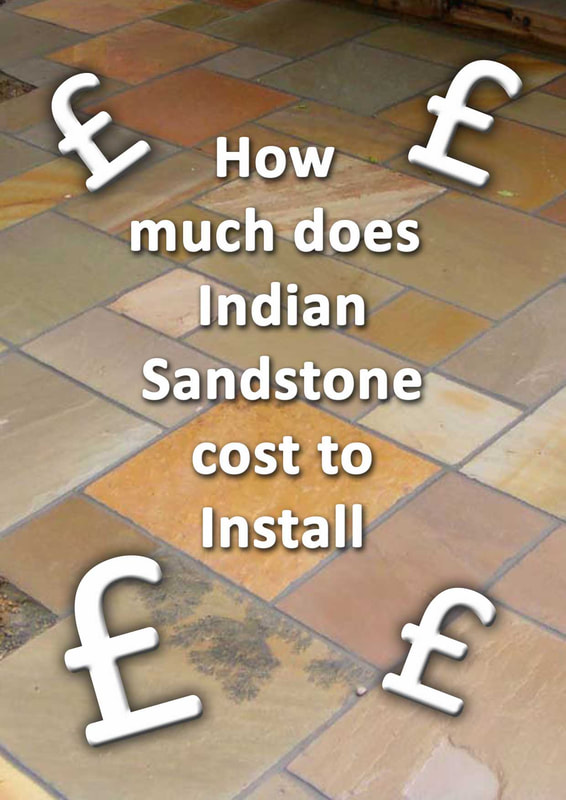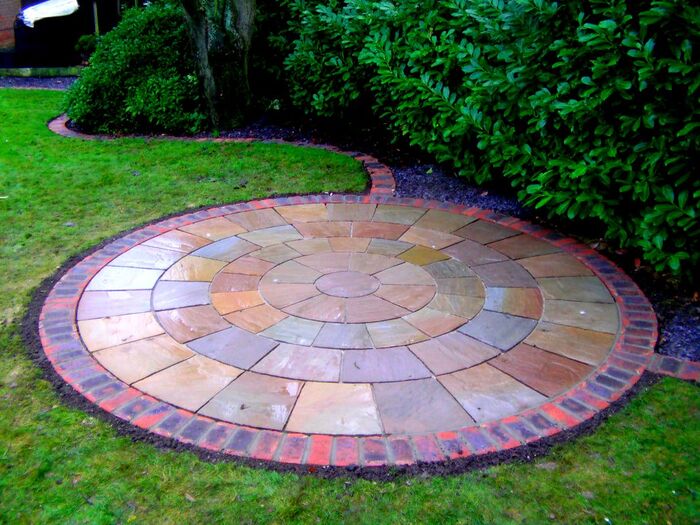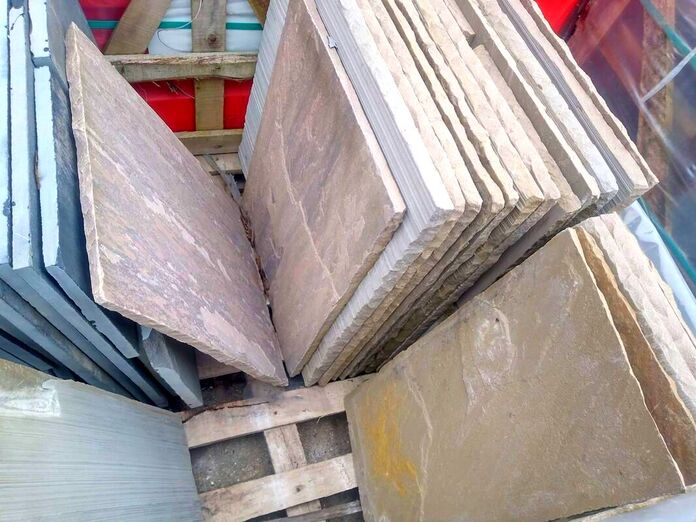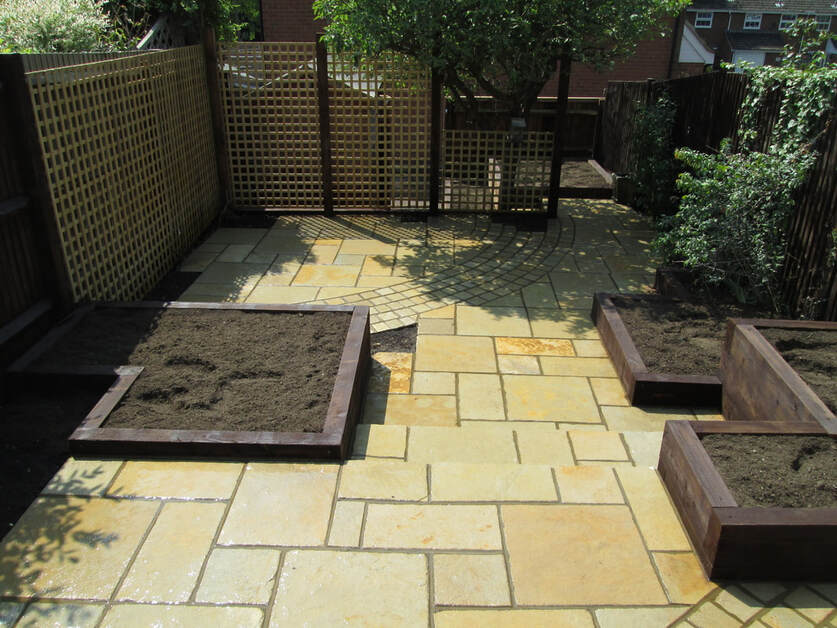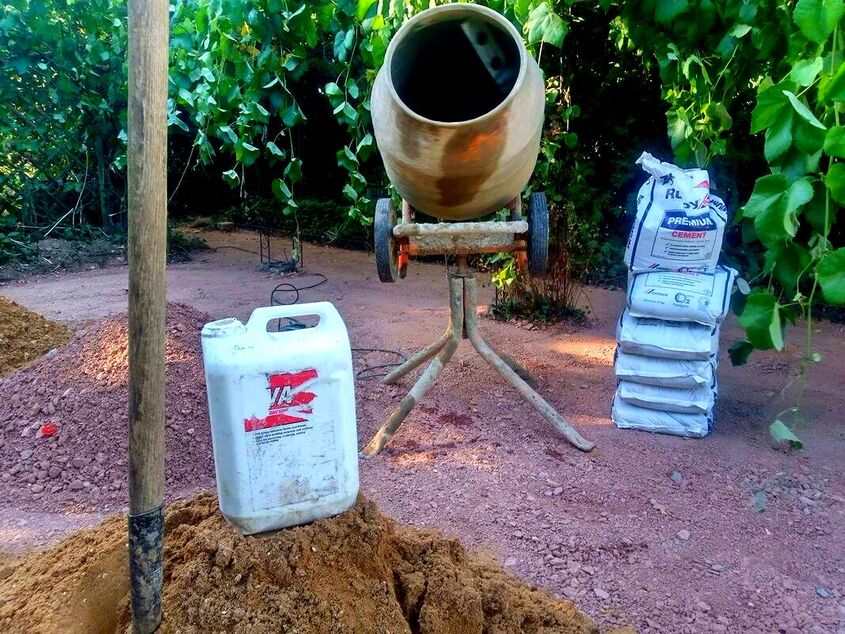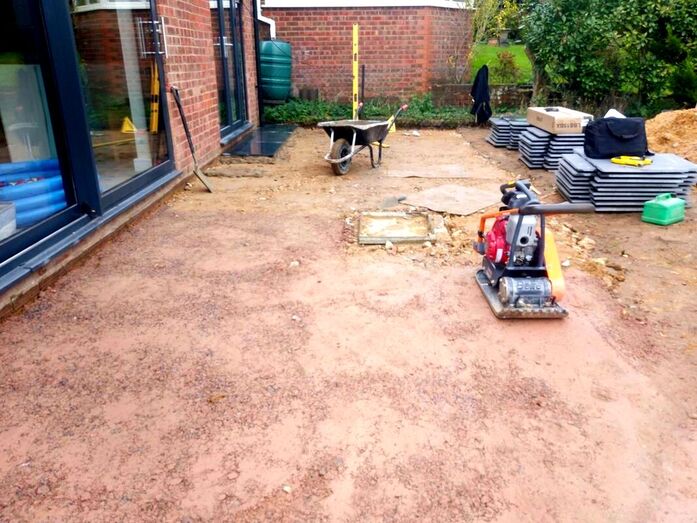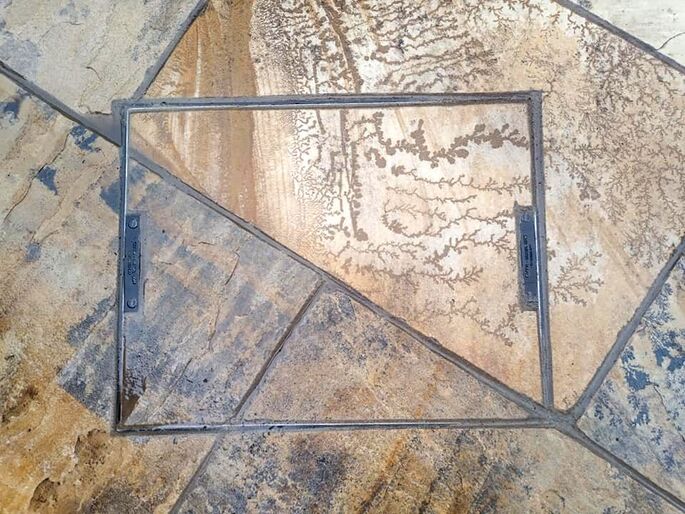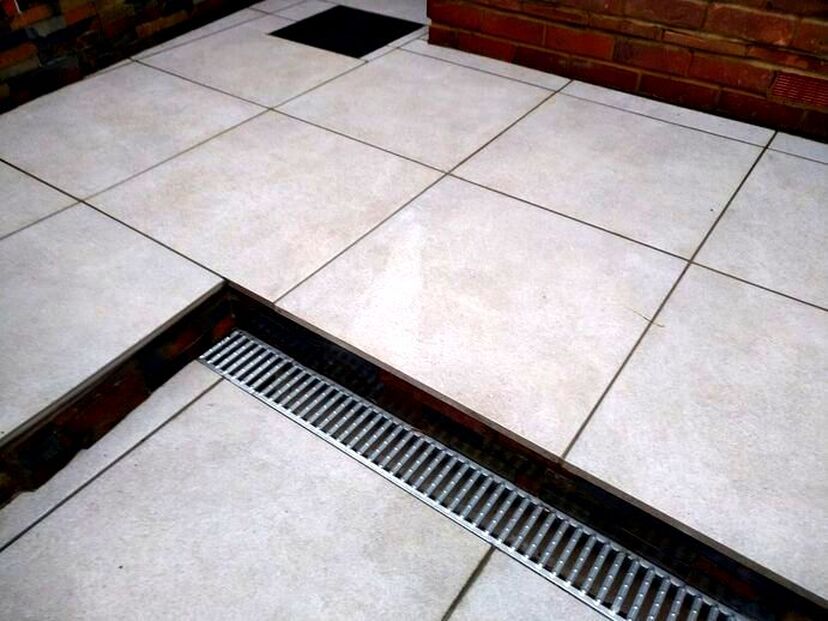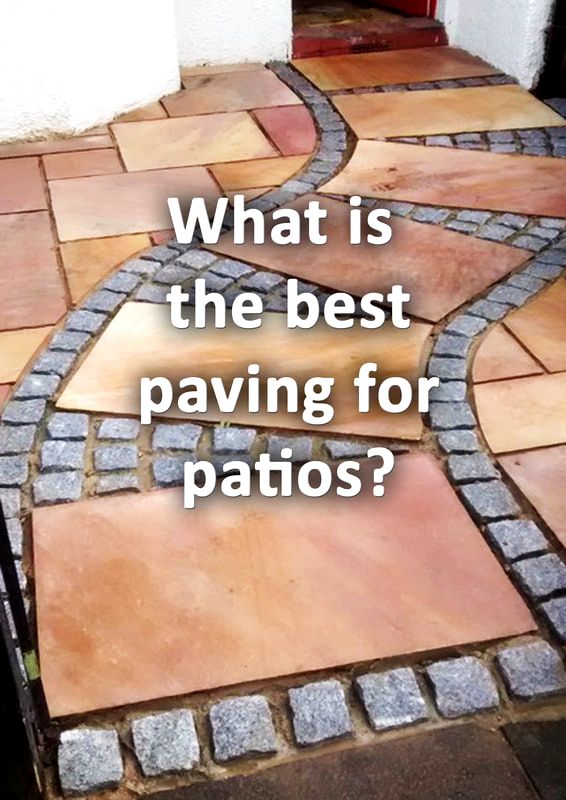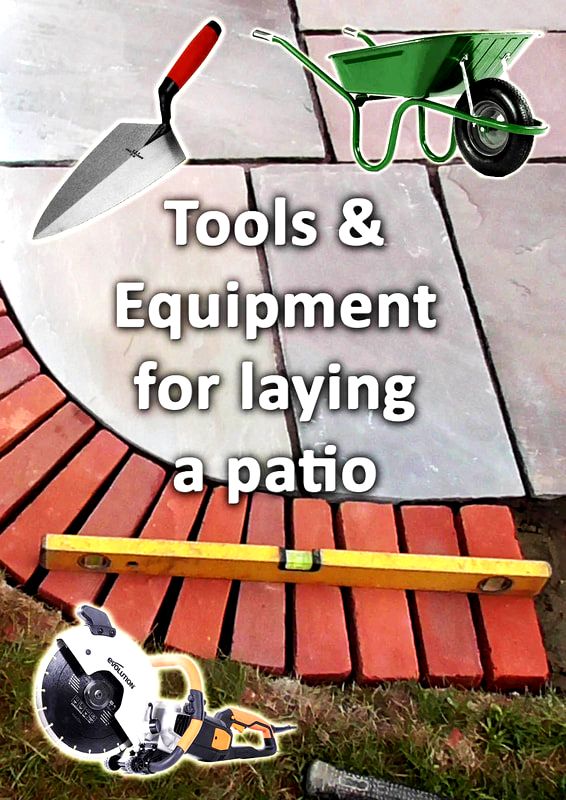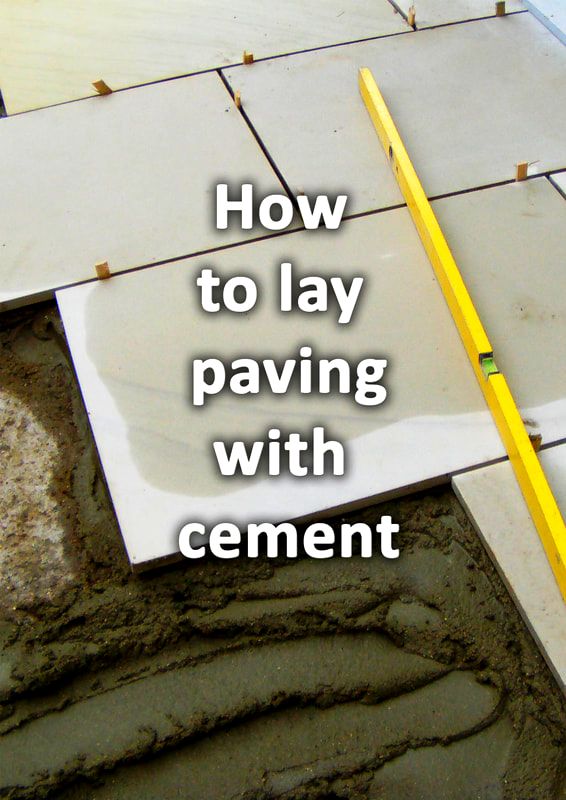|
This article contains affiliate links
Indian sandstone has become one of the most popular garden paving materials. Not only does it come in a range of colours and specifications it is generally good value.
Indian sandstone is suitable for a wide variety of different landscaping projects and garden designs. Such versatility makes it such a fantastic choice for a new patio. If you want to know how much Indian sandstone costs to install there are some variables. Some of these include your geographical location, skilled labour accessibility and laying paving to the correct specification. In this article our case study found that: The average cost of Indian sandstone paving installation in the UK is £132.72 per m2 The average cost of Indian sandstone paving installation in the UK 'labour only' is £65.00 per m2 The average cost of Indian sandstone paving in the UK 'materials only' including waste is £67.72 per m2 Here I will list and explain the variables effecting the cost of installing Indian sandstone. I will also break down all of the average unit material and labour costs so you can scrutinise my figures. This case study will be based on an average sized 50 square metre Indian sandstone patio. Why are patios so expensive?
A very common question asked by many is; why are patios are so expensive? In reality this is not a question asked just about patios but most services. Many often predict the cost of private services to the downside. This is because we all have our very own positive, outcome, bias. The cost of Indian sandstone installation will be a simple mathematic calculation, the cost of Labour, materials, waste, profit and risk. All three of these are usually much more costly than many people think. Why do patio quotations vary so much?
When working through the variables, it is actually understandable why patio installation costs vary. There is a huge range of material and labour variability on the market. Some Indian sandstone is simply much better quality than other brands. Some Sandstone is poor quality and open to staining and water penetration. Others are poorly cut resulting in inconsistent joints and lengthy laying times. Some patio tradesmen cut corners and are not in demand while others have a good reputation and are always booked up. Often inexperienced tradesmen miss details during the pricing process leading to a much lower price. This can also lead to corner cutting and shoddy results. Below I will look in more detail at the variables of paving installation costs. Materials
Materials for patio construction vary greatly depending on the quantity and quality. On the whole better quality materials will be more expensive. I always say go for a recognised brand when selecting paving materials. Another variable many do not consider is the amount of materials used. If a contractor does not install a correct base at the right depth they will dramatically reduce their costs. This will result in less labour, material and waste costs.
So your quotation may have been £2,000.00 cheaper but you were actually ripped off! You may get a few years use out of it but ultimately it will fail.
There is a very high chance it will soon become full of cracks with rocking paving. Consequently material costs for patio construction can vary hugely depending on the installation. You must always make sure that your contractor provides you with a detailed description of the work. This must include descriptions of the sub-base materials and depths. This makes sure your quotation will be a binding contract for the correct specification. Waste
For patio installation the most typical waste is muck and soil during the excavation phase. Normally this is removed with skips for methodical removal. However, for larger projects you may require a larger grab lorry to remove larger loads. Heavy waste such as muck, concrete and soil is expensive to remove from site. Hence, make sure your contractor is keeping to the correct depth specification. LabourWhen it comes to labour there is also a broad spectrum of variability in what patio installers charge. Below I have discussed some of the main influences and variables of skilled labour prices.
Geographic location
Firstly allow me to tackle the first variable in labour costs, geographic location. If we are looking at the UK, we have the largest geographic wealth divide in Europe. This means are richest region, London and the Southeast is one of the richest in Europe. However other areas such as parts of the north and west are much poorer. Therefore you really cannot expect labour costs to be a one ‘size fits all’ across the country. There could be as much as a 40% variation in labour costs between London and other regions. Having said that, living costs in London are grossly out of sync with labour prices! Quality & Reputation The next variable is quality and reputation. In any profession or trade there some who are in high demand and others who aren’t. Have you ever noticed why some expensive tradesmen are always booked up? This is due to the fundamental economic rule of supply and demand. I know good builders who earn more than doctors, lawyers and architects. This is quite simply because they are highly sought after and extremely efficient.
The skilled labour shortage
Unfortunately in the UK we have this misguided idea that trades people are somehow untrustworthy or at a lower class. We have had TV programs such as ‘Rogue Traders’ which scrutinises every builder’s price. However, I haven’t yet seen them scrutinise the grotesque bonuses which we see from ‘some’ professions in the city! We also have trade websites which list contractors with mug shots like they are criminals. It’s no surprise today that we have the lowest level of young people entering skilled trades. Future prices of skilled labour A person in any trade will be valued by their quality, demand and personality. Today we have a shortage in skilled labour which is making labour prices dramatically rise. This problem is also linked to demographics, western countries have declining birth rates and aging populations. To install a patio well to last the test of time do not expect reliable and skilled labour to be cheap. For a self employed patio layer in the UK day rates vary from £120 to £350 per day. This will depend on your geographic location, organisation size, demand and efficiency of the contractor. In the case study below I will work to a labour rate I typically see for ‘in demand’ patio contractors, £250 per day. A price case study for a 50 square metre Patio
In the case study below I will price up an Indian sandstone patio of 50 square meters. I will use a data table to list all quantities and unit costs. By doing this I will aim to work out the ‘average’ price per square meter of an Indian sandstone patio. The works specification
To quantify the installation cost of an Indian sandstone patio you must price to a specification. Below I will include a works description which will provide the quantities for the table below:
Table costs based upon a 50 square metre Indian sandstone patio
Extra costs for Indian sandstone patios
Most Indian sandstone projects do not just involve the actual laying of the paving. Very often there are parallel tasks, clearance costs, levelling, drainage, steps and retaining structures to be installed. These will also have to be factored into the price of your Indian sandstone patio. Manhole covers
It is very common for a new patio to fall on top of an existing manhole or inspection chamber. In such a case it is more than likely this will need to be re-set or replaced. The cost of this will depend upon a few different factors. Occasionally new paving levels will mean chambers will have to be altered. If you are installing a recessed manhole cover these can add both cost and labour to a paving project. The average manhole cover installed to a new patio can cost between £150-£300 including materials and labour. Steps
Installing new steps for a patio is a very common affair. Although there is huge variation in new patio steps a small, single, step is the most common scenario. These small steps normally cost around £200.00 Retaining structures
When installing a new patio there will very often be some changes in level. The moment a patio becomes higher than the surrounding ground it will require a retaining feature. This is by far the most underestimated expense of a new patio. Retaining structures need to be robust and strong to take heavy loads. Such construction generally requires expensive labour and materials. If you’re new patio has many retaining features and level changes expect some substantial extra cost. Although imposable to put a figure on, we have some written some other articles which may help below. How much does a garden retaining wall cost? How much does it cost to level a garden? Patio drainage
Patio drainage is a subject within it-self and can add much extra work to a patio project. Typical installations include drainage gulley installations and soak-aways. Very often new patios are not allowed to plumb into existing drainage networks. Consequently new patio drainage systems and storage vessels must be installed. There is no way to accurately price patio drainage as every scenario is different. However a 50 square meter patio with drainage gulley’s plumbed into a new soak-away would cost around £2,000.00 Making goodThere is always making good to be undertaken at the very end of a patio project. New lawn may have to be laid around edges and the site will need to be cleared. This is always more work than many think and should at least be taken into account.
Thank you for reading our article on how much does an Indian sandstone patio cost. If require patio or paving services please do not hesitate to contact us. Below I will link to some other relevant articles you may find informative.
'As an Amazon associate I earn from qualifying purchases'
0 Comments
Leave a Reply. |
The Author
|
Landscaping services across Buckinghamshire, Amersham, Aylesbury & High Wycombe
Hyde Heath, Amersham, Buckinghamshire |
|
